
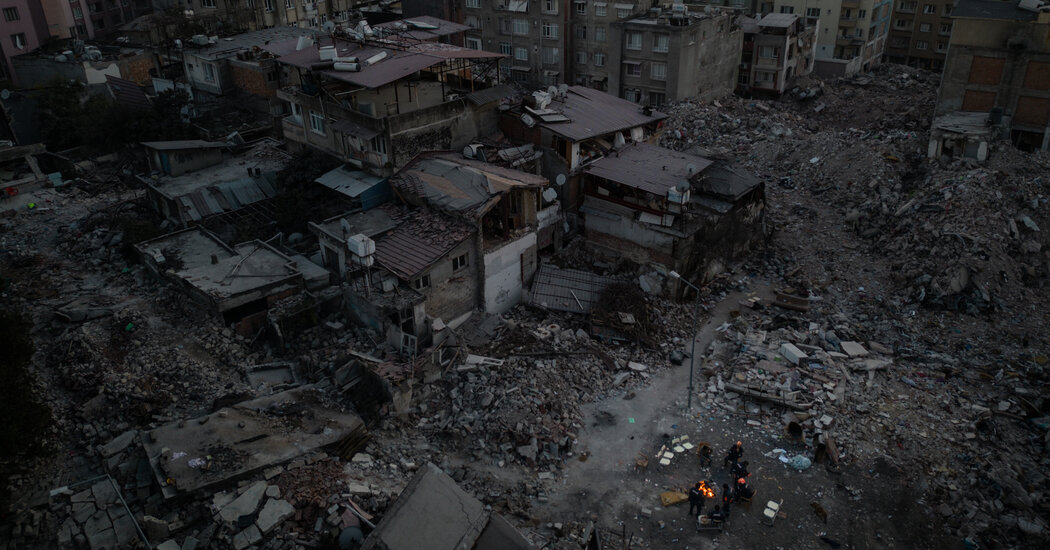
The scientists studying the powerful earthquakes that devastated parts of Turkey and Syria this month may bring new insights to a seismic zone that is strikingly similar: the San Andreas Fault in California.
The earthquake zones have much in common, with one long, major fault and scores of smaller, secondary ones. Using ground-based and satellite measurements, scientists are learning how the initial 7.8-magnitude quake in Turkey on Feb. 6 spawned aftershocks, including an unusually strong one on a secondary fault just hours after the first. That may help them better understand the potential strength and location of future quakes in California.
“There is no question that we’re going to learn an enormous amount” from the Turkish quakes, said Ross Stein, a seismologist formerly with the United States Geological Survey scientist and now a consultant.
In California’s recent history there have only been two quakes as powerful as the first Turkish one — the 7.9-magnitude San Francisco earthquake in 1906, and the Fort Tejon quake of 1857, which had a similar estimated magnitude and affected an area from the central part of the state southward to the east of Los Angeles.
Both quakes occurred on the San Andreas, the 800-mile-long fault that traverses California from north to south. The geological survey estimates that there is about a 30 percent chance of a 7.5-magnitude earthquake in the Los Angeles area in the next 30 years, and a 20 percent chance in the San Francisco Bay Area.
Since the initial earthquake in Turkey, 50,000 people there and in Syria have died, and hundreds of thousands have lost their homes. That quake occurred on the East Anatolian Fault, which is similar in origin and structure to the San Andreas but is only about half as long. It is also far shorter than another similar Turkish fault, the North Anatolian, which passes near Istanbul.
The East Anatolian also accumulates energy at a slower rate than the California and North Anatolian faults.
Dr. Stein described the East Anatolian as a “second-string fault” that had produced an earthquake almost as powerful as any expected on the much bigger San Andreas. That raises the issue of whether a California quake of similar strength might someday occur not on the San Andreas but on a secondary fault.
While both past California earthquakes have been studied extensively, modern technology is allowing the Turkish quakes to be analyzed in elaborate detail, practically in real time, using ground-based seismic sensors, satellite-borne radar and other instruments.
All large earthquakes are followed over days, months and even years by aftershocks, which often number in the thousands. These occur because the movement in the first quake can increase stresses along nearby fault sections beyond their breaking point.
On Feb. 20, two weeks after the first Turkish quake, a 6.3-magnitude aftershock struck at the southwestern end of the earthquake zone, killing at least 8 people and further traumatizing residents. The aftershock, which released less than 1 percent of the energy of the 7.8 quake, was within the range of aftershocks that would be expected, said Debi Kilb, a researcher at the Scripps Institution of Oceanography who studies aftershocks.
But the 7.5 aftershock that occurred soon after the first quake was unusual, Dr. Kilb said.
“Whatever the main shock magnitude is, you should expect the largest aftershock to be about one magnitude unit smaller,” she said. ”So for a 7.8 earthquake, we would expect a 6.8 magnitude.” At 7.5, the aftershock was more than 10 times stronger than the largest expected one.
The reason for a such a powerful aftershock has much to do with where it was located: on a separate fault from the first one. And scientists will likely be able to apply what they learn about that aftershock to the San Andreas.
The East and North Anatolian and the San Andreas are all transform faults, products of the stresses that build at the boundary where one of the Earth’s large crustal plates slowly moves past another. But in each case, rather than a single fault, they are actually fault zones, riddled with scores of shorter faults oriented in many different directions.
“Most commonly you’ll see aftershocks on the fault that ruptured in the main earthquake or immediately adjacent to it,” said William Barnhart, a researcher with the geological survey who is analyzing the Turkish quakes using radar data. “But when you get into these regions where you have a spatially complex fault network, you can also get large aftershocks on different faults that have a different geometry, that are also some distance away.”
That’s what happened in the 7.5 aftershock in Turkey. Dr. Stein, who with colleagues has analyzed the changes caused by the first quake, said that it altered stresses on a secondary fault, the Surgu, that is estimated to be about 200 miles long and runs at an angle to the East Anatolian.
The southern section of the San Andreas — where the last major earthquake was the one in 1857 — has several relatively long secondary faults, including the Garlock, which runs at an angle to the San Andreas across the Mojave Desert, and the San Jacinto, which is parallel to the San Andreas at the Salton Sea. Dr. Barnhart said researchers would be looking at whether a quake on the main fault could result in a large aftershock similar to what happened in Turkey.
“If you had a large San Andreas Fault earthquake, could you also have a quick follow-up on the San Jacinto fault, or a quick follow up on the Garlock fault?” he said.
Judith Hubbard, a visiting professor at Cornell University, said that such a quake might be large. If a quake on the San Andreas triggered another fault that was primed to rupture, she said “it could rip through a much larger fault than you might expect.”
Dr. Hubbard said the secondary faults she would be worried about triggering, though, would be those that are closer to Los Angeles, similar to one that caused the 1994 Northridge earthquake in the San Fernando Valley. That 6.7-magnitude quake killed 57 people and caused an estimated $20 billion in damage.
Dr. Stein said there was another possibility as well, of a fault like the Garlock or San Jacinto experiencing a large quake of its own. He also said the sequence of earthquakes in Turkey showed that it was difficult to forecast how one quake might affect another.
“Retrospectively we can say, OK, the 7.8 stressed the fault on which the 7.5 occurred,” he said. “But I wouldn’t have put any money on that being the next to go.”
24World Media does not take any responsibility of the information you see on this page. The content this page contains is from independent third-party content provider. If you have any concerns regarding the content, please free to write us here: contact@24worldmedia.com
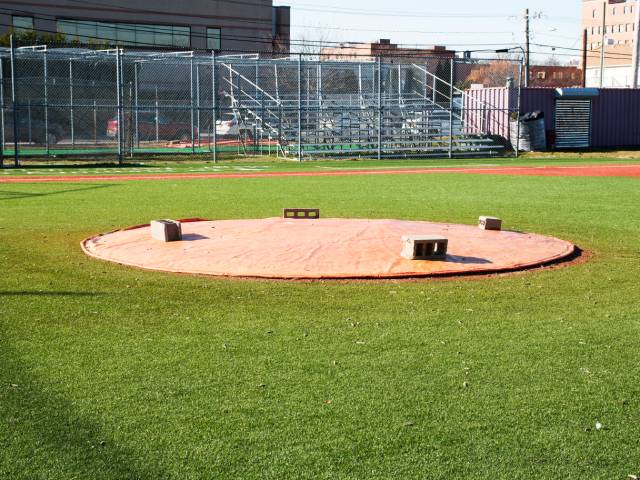
Common Mistakes When Using Athletic Field Tarps

High-Performance Diesel Truck Upgrades You Should Consider

Warehouse Optimization Tips To Improve Performance
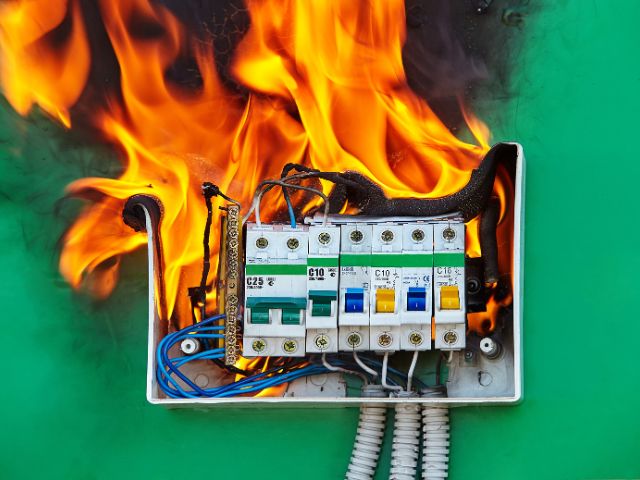
Fire Hazards in Daily Life: The Most Common Ignition Sources

Yellowstone’s Wolves: A Debate Over Their Role in the Park’s Ecosystem
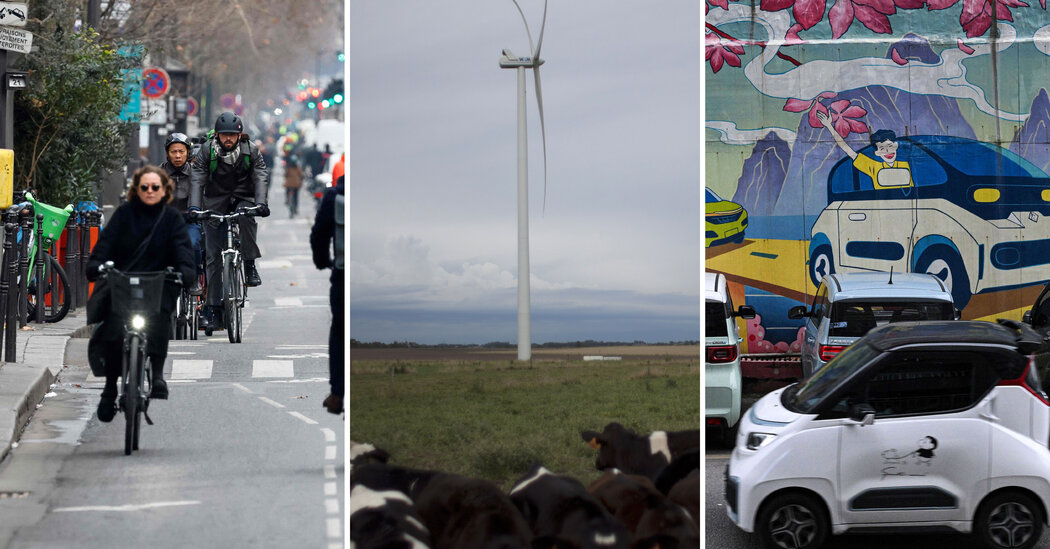
Earth Day 2024: A Look at 3 Places Adapting Quickly to Fight Climate Change

Millions of Girls in Africa Will Miss HPV Shots After Merck Production Problem
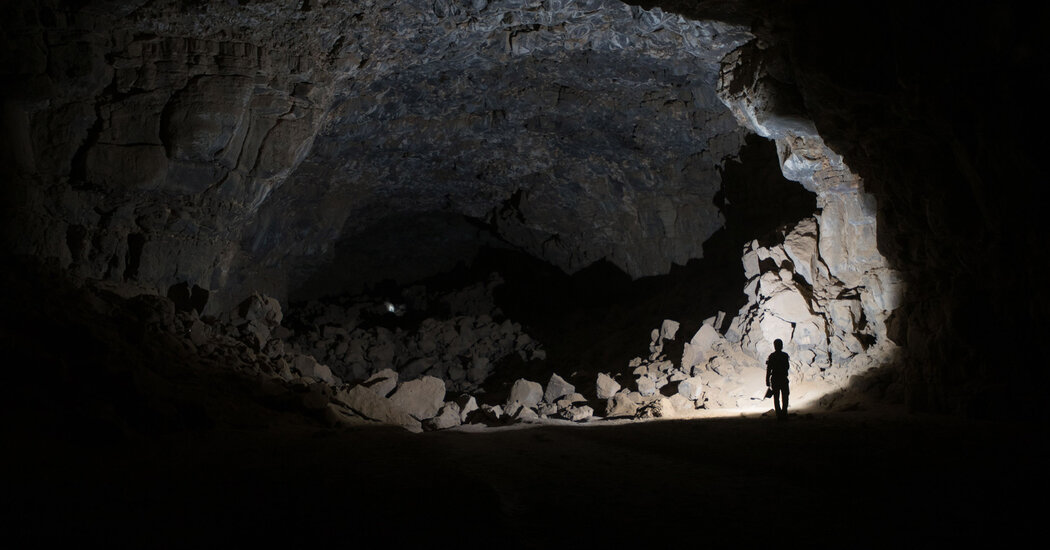
This Lava Tube in Saudi Arabia Has Been a Human Refuge for 7,000 Years

Four Wild Ways to Save the Koala (That Just Might Work)
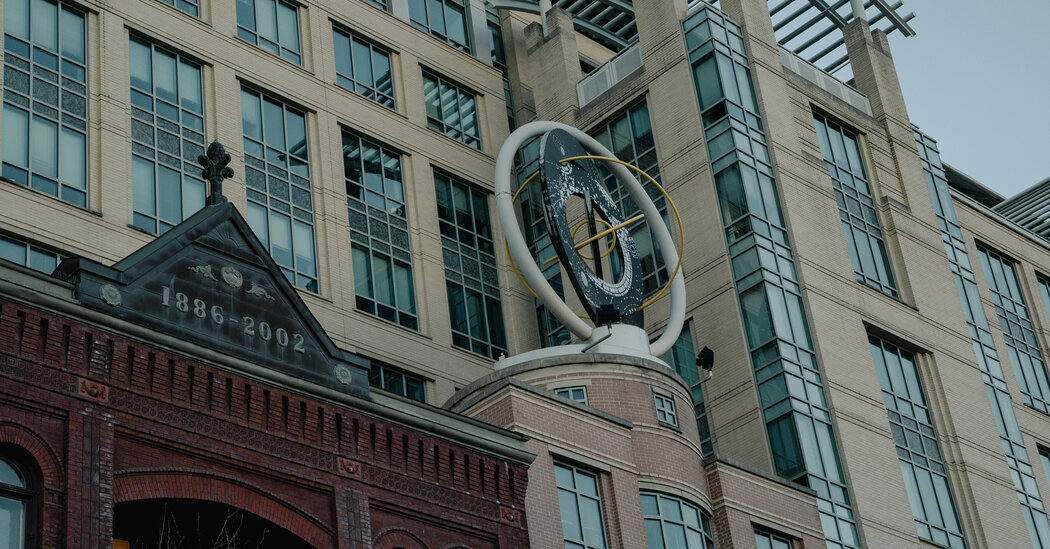
National Academy Asks Court to Strip Sackler Name From Endowment

Ways Industrial Copper Helps Energy Production

The Ins and Out of Industrial Conveyor Belts